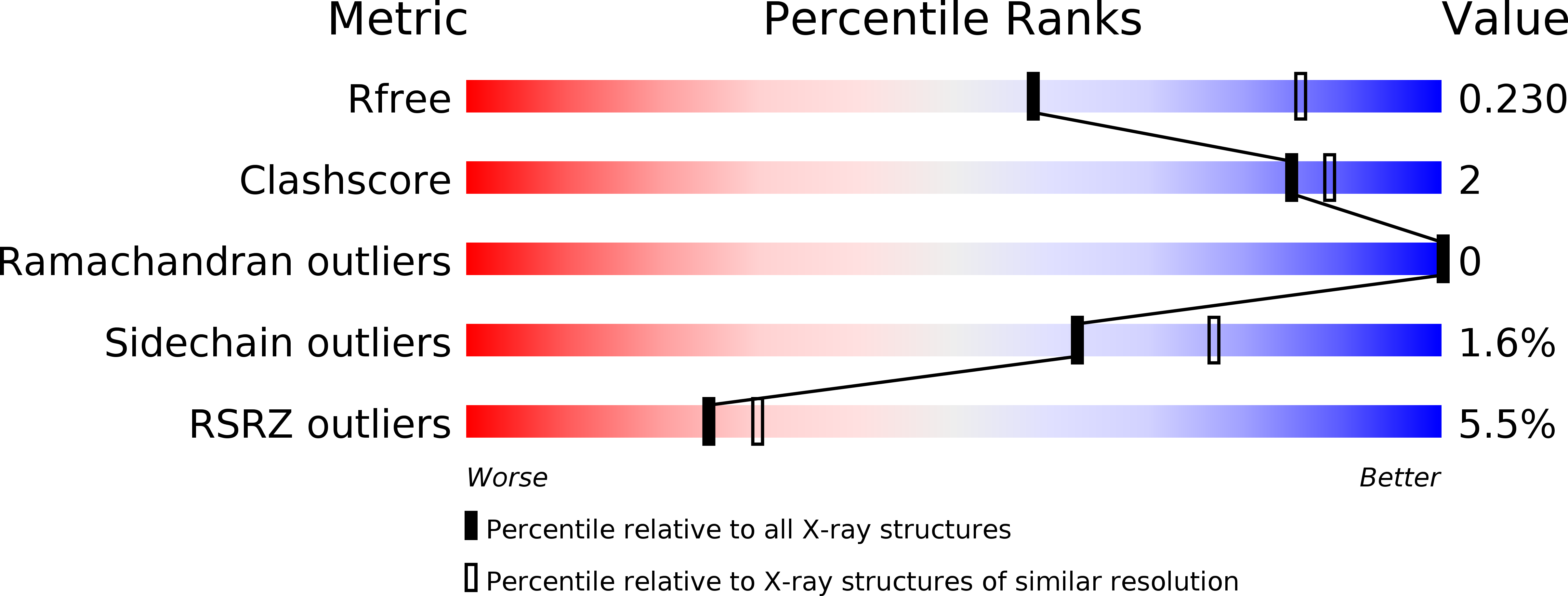
Deposition Date
2015-01-21
Release Date
2015-02-11
Last Version Date
2024-11-13
Entry Detail
PDB ID:
4XRR
Keywords:
Title:
Crystal structure of cals8 from micromonospora echinospora (P294S mutant)
Biological Source:
Source Organism:
Micromonospora echinospora (Taxon ID: 1877)
Host Organism:
Method Details:
Experimental Method:
Resolution:
2.55 Å
R-Value Free:
0.22
R-Value Work:
0.18
R-Value Observed:
0.18
Space Group:
P 1 21 1


